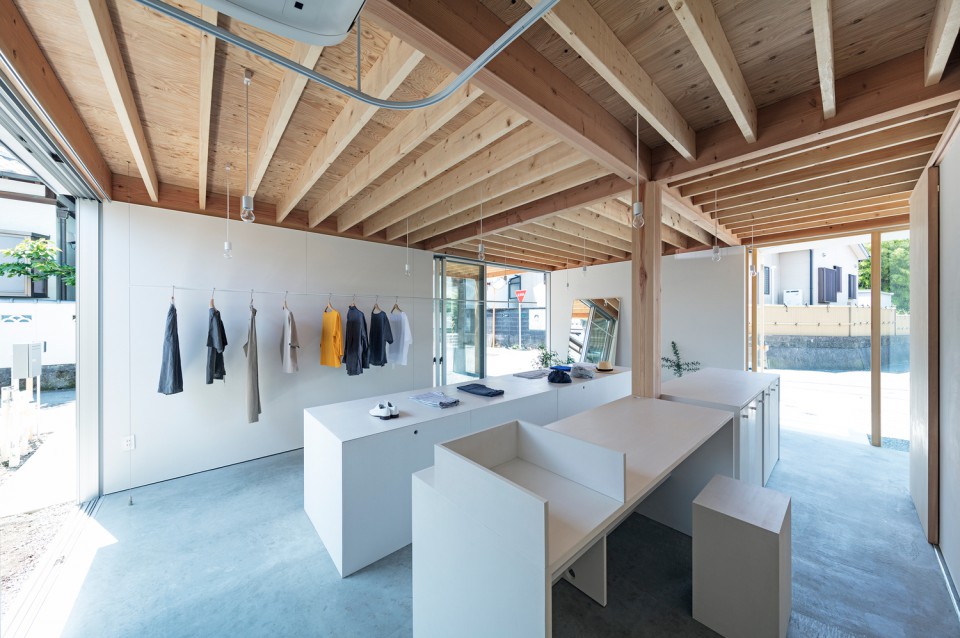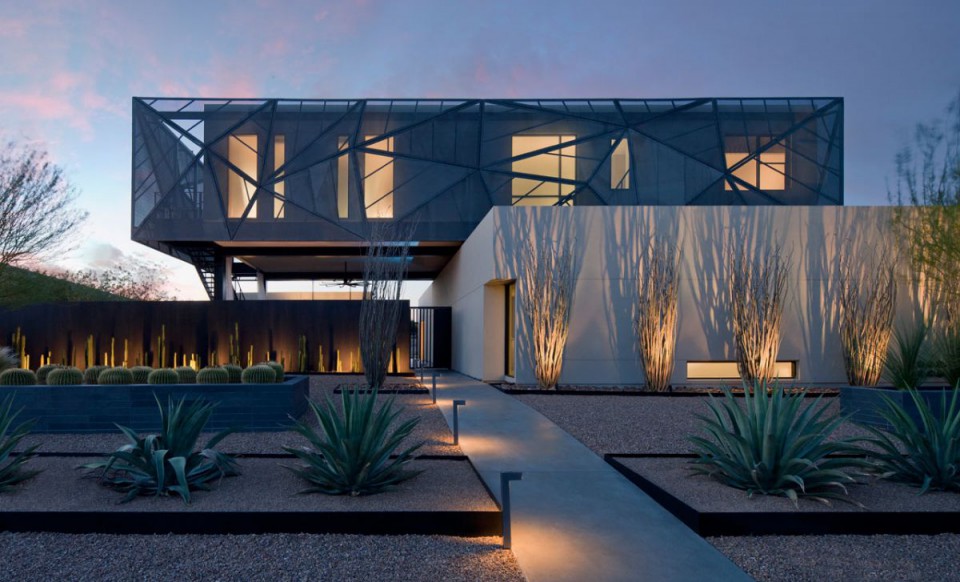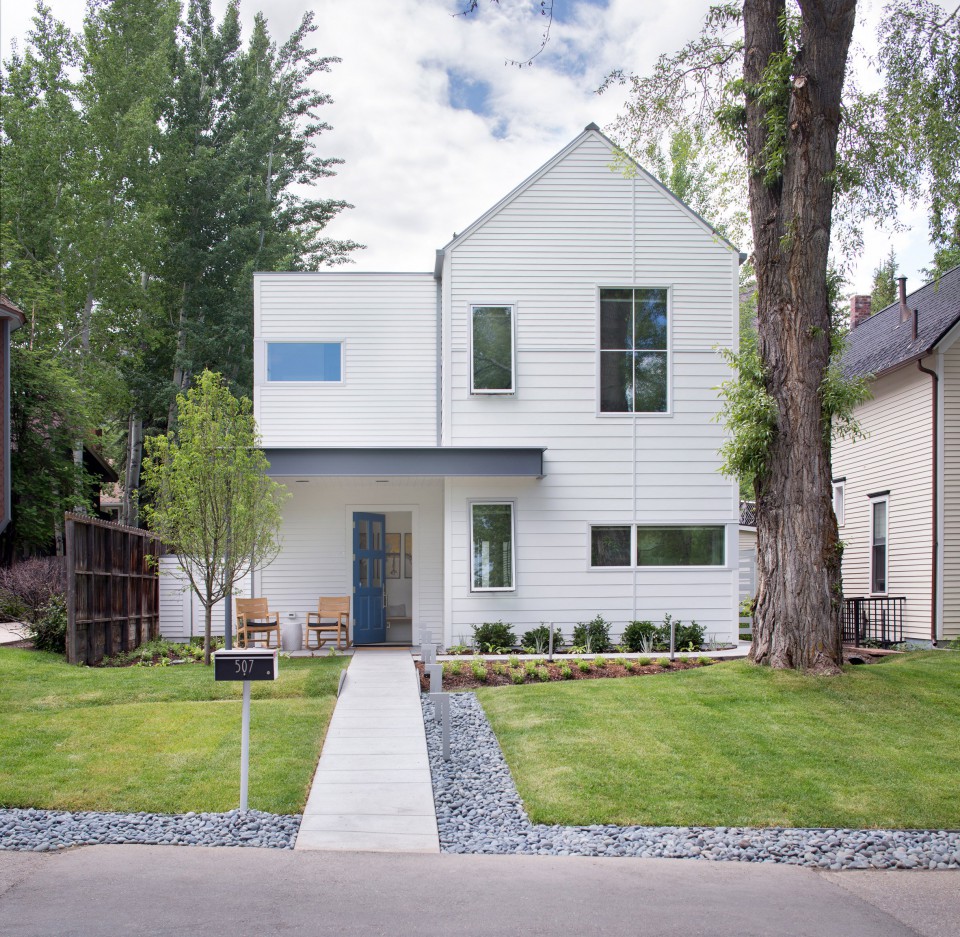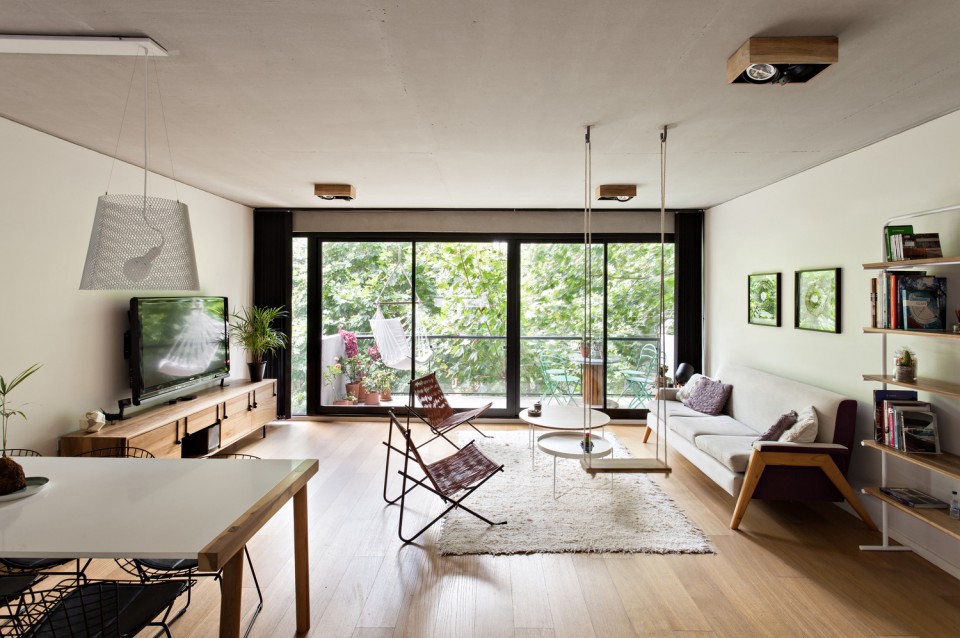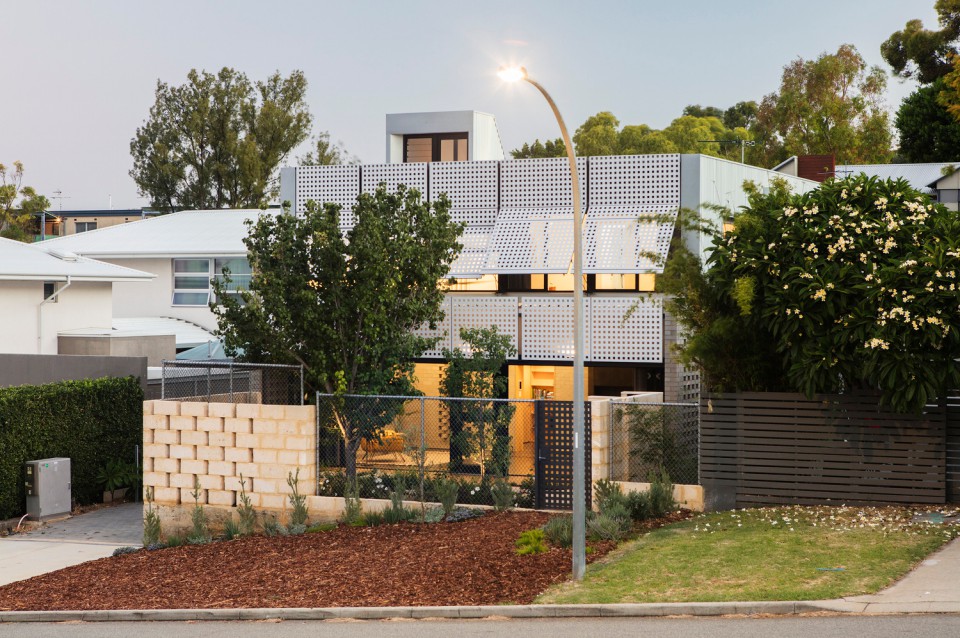A Unique Japanese House with a Stacked Cube-Like Design

Japanese architect Cohta Asano has designed his home to be something truly unique. Hailing from Fukushima, this architect created a house composed of a collection of cubes, each with different sizes and proportions. Its appearance is strikingly different from the surrounding homes.

This house design is the first he created after the earthquake and tsunami of 2011 and the subsequent nuclear pollution that afflicted Japan. Many homes were rebuilt in the aftermath of these disasters, and this house, which once stood on this land, was damaged. As a result, Cohta Asano reimagined a new home for himself and his family.
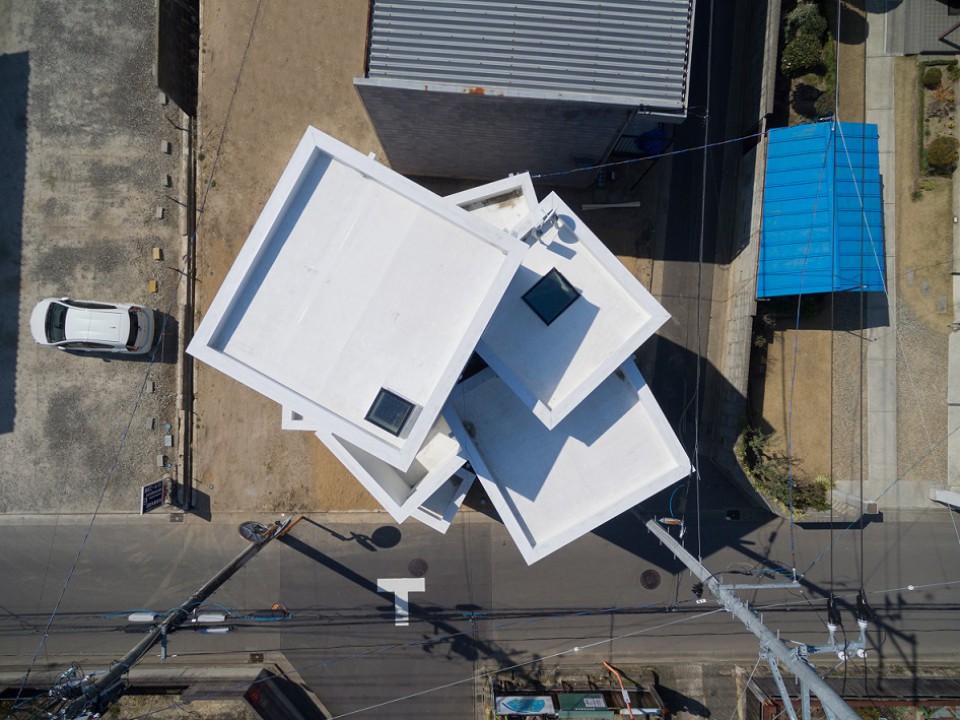
The house is uniquely designed, with an exterior that appears as stacked cubes. There is no clear front or back to the house, adding an air of mystery. These cubes are not just sitting on the ground; they jut out and present various perspectives. The entrance is between two of these cubes, elevated above the ground. The room divisions inside the house are adapted to the walls of the cubes.
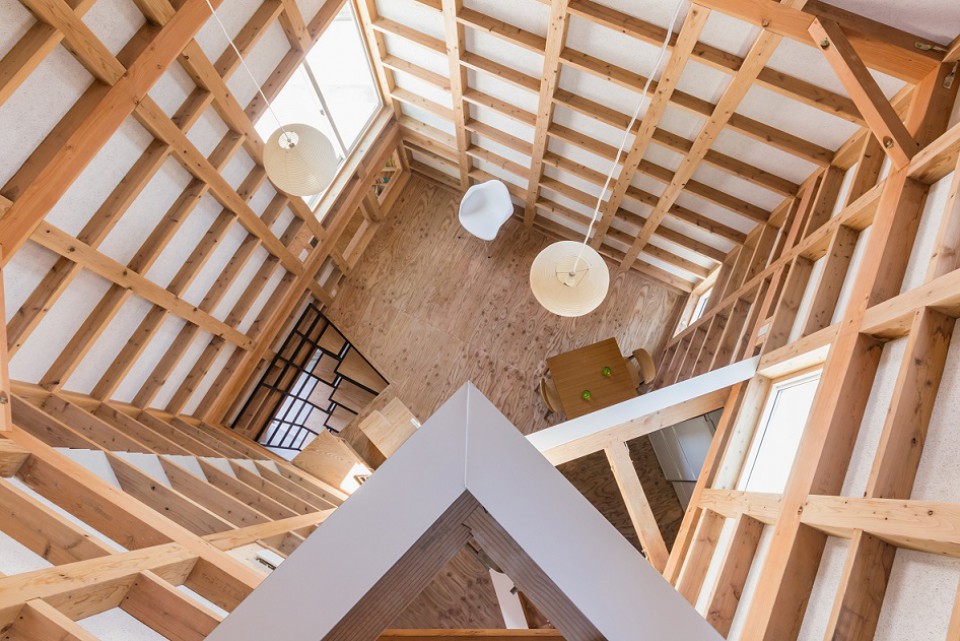
Entering the house, the complexity of the design becomes more apparent. The unique room layout with separated floors can be bewildering at first glance. Exposed wooden beams throughout the house add to its uniqueness and complexity.

For Asano, this house was intended to be easily arranged and expanded as needed, reflecting a sense of accessible living space. Hence, the exposed wooden beams that make up the house's structural framework. The nine cubes that serve as the basis for this design are arranged at different angles to create various rooms of different sizes while maintaining harmony.
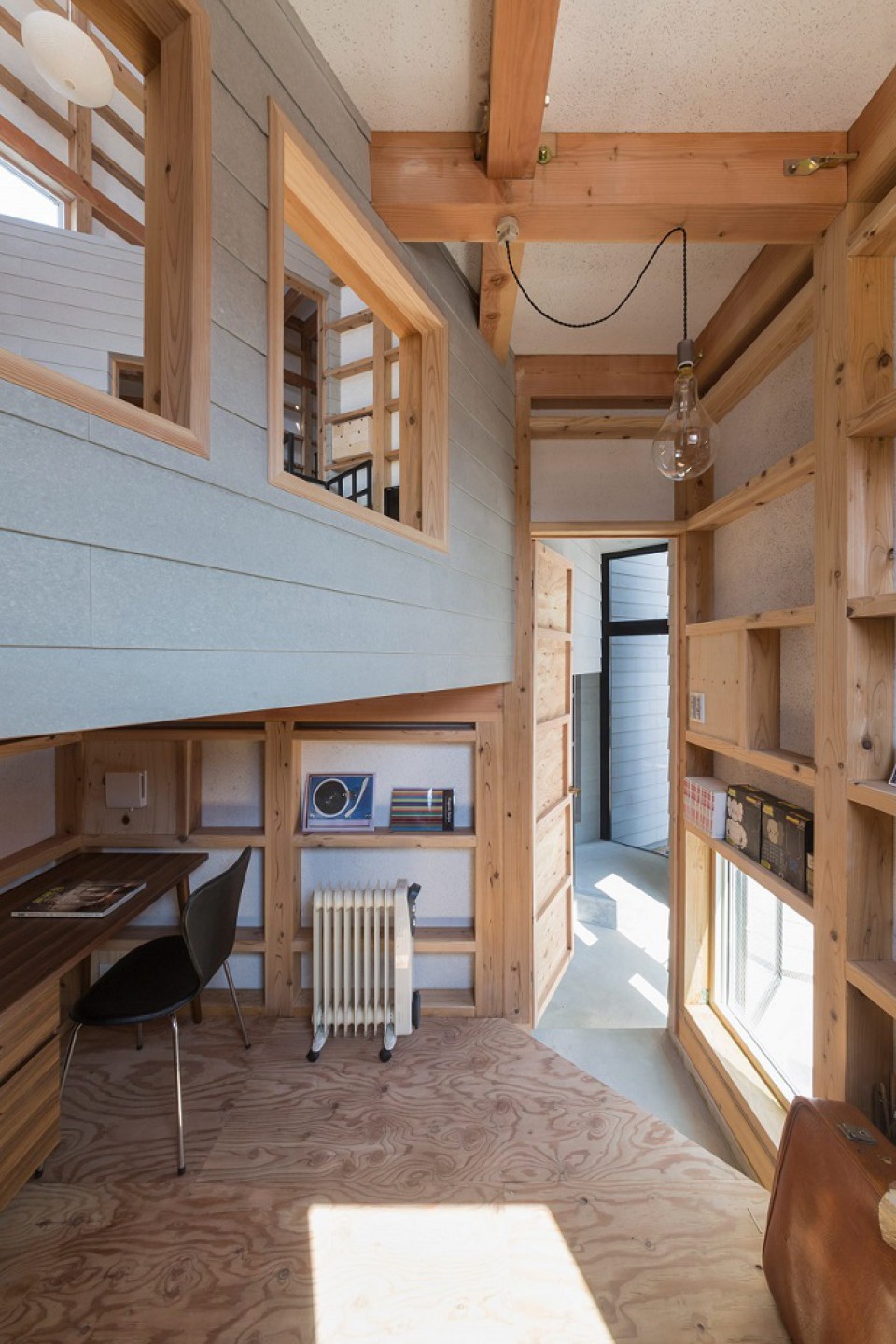
The exposed wooden beams, which form the structural framework of the house, can also serve as storage space, such as shelves on the wall frames. The spaces formed between the intersecting beams provide additional utility.
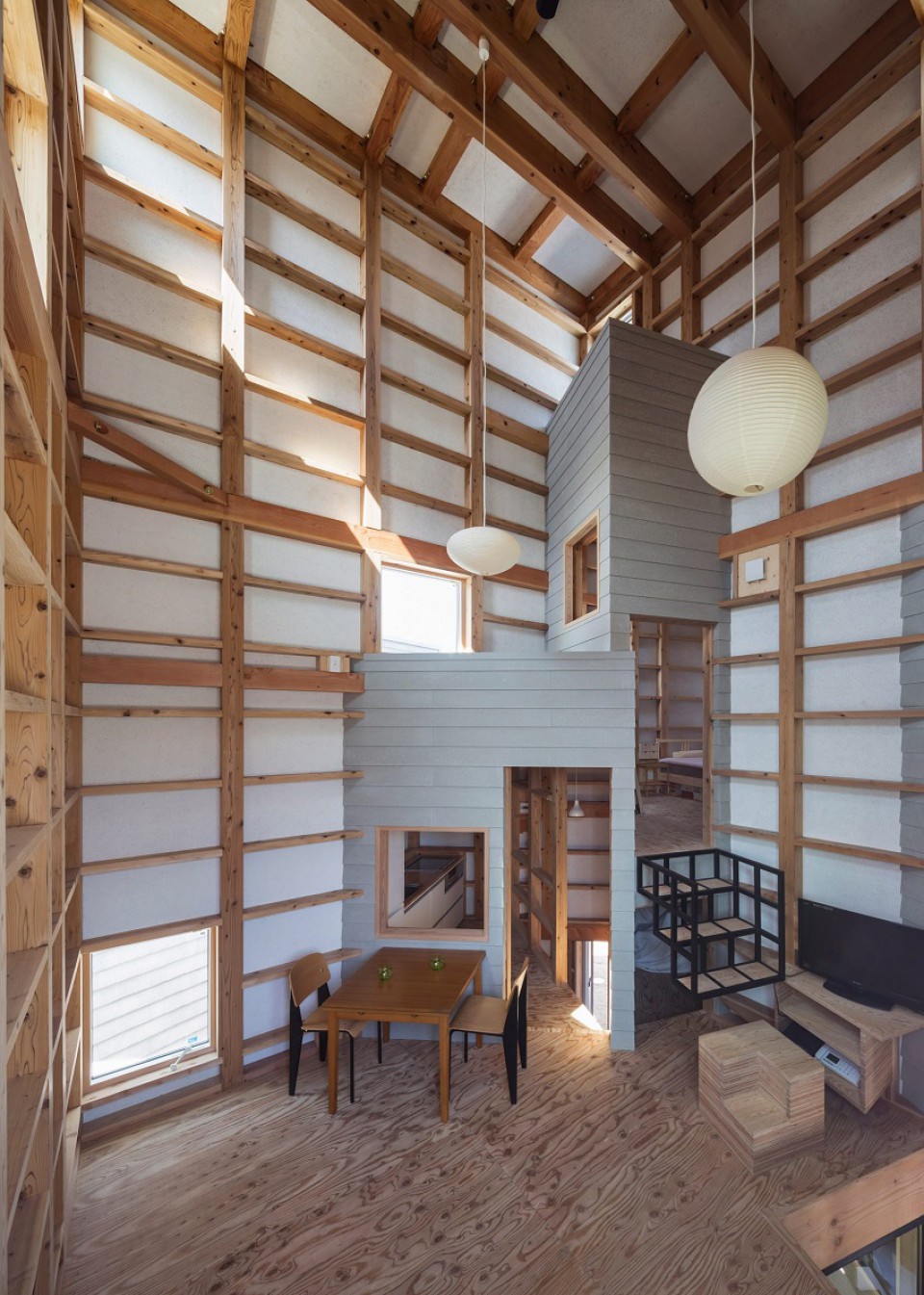
The house was designed with safety considerations in mind, especially regarding fire safety. Various small details were achieved, such as the use of safe lighting fixtures and the incorporation of steel frames in the stairs and floors.
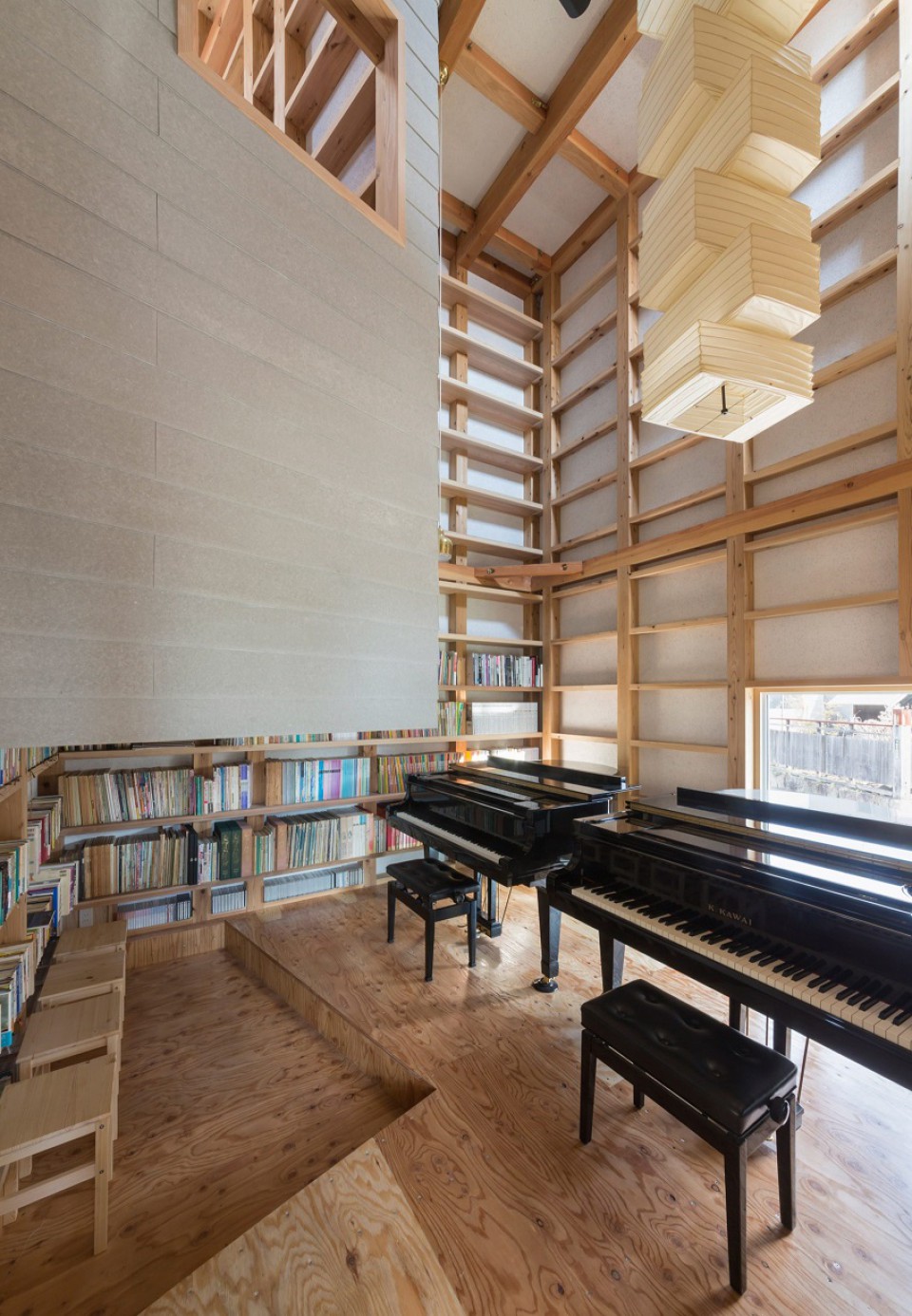
The architect resides in this house with his mother. The house serves not only as a residence but also as a music studio, hosted by his mother.
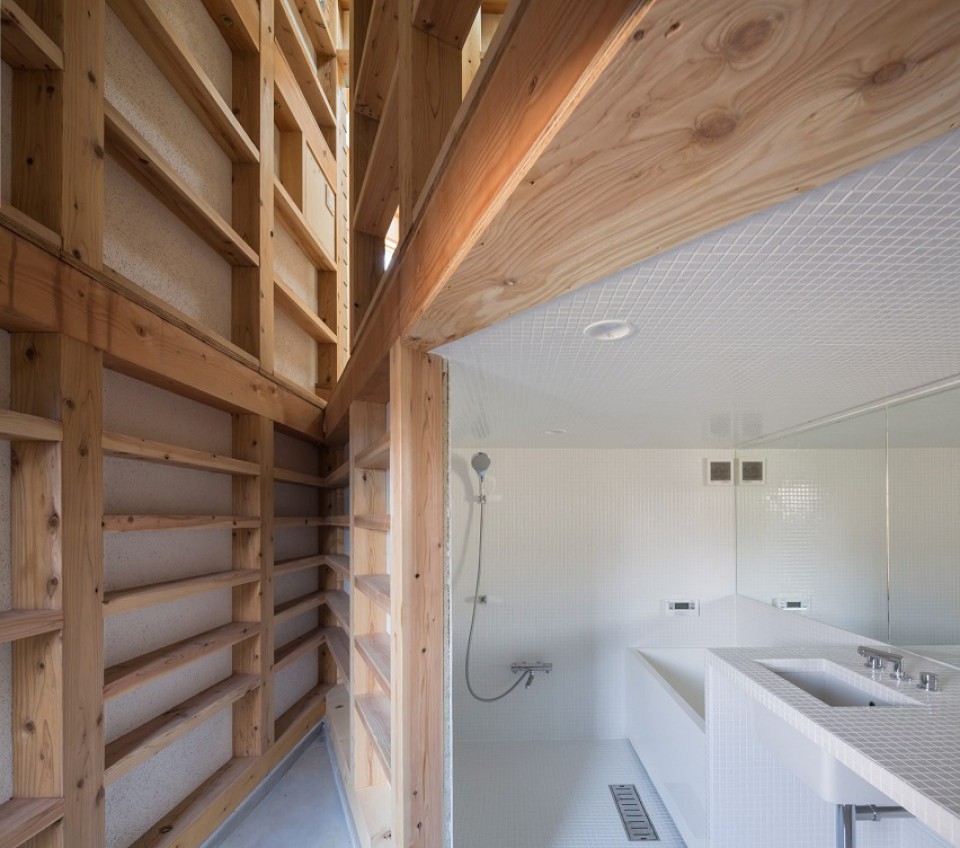
Due to this multi-purpose function within the house, Asano designed the bathroom to be near the entrance area. This makes it easier for children visiting the house to find the restroom. The bathroom area features white mosaic tile flooring, setting it apart from the overall interior of the house.
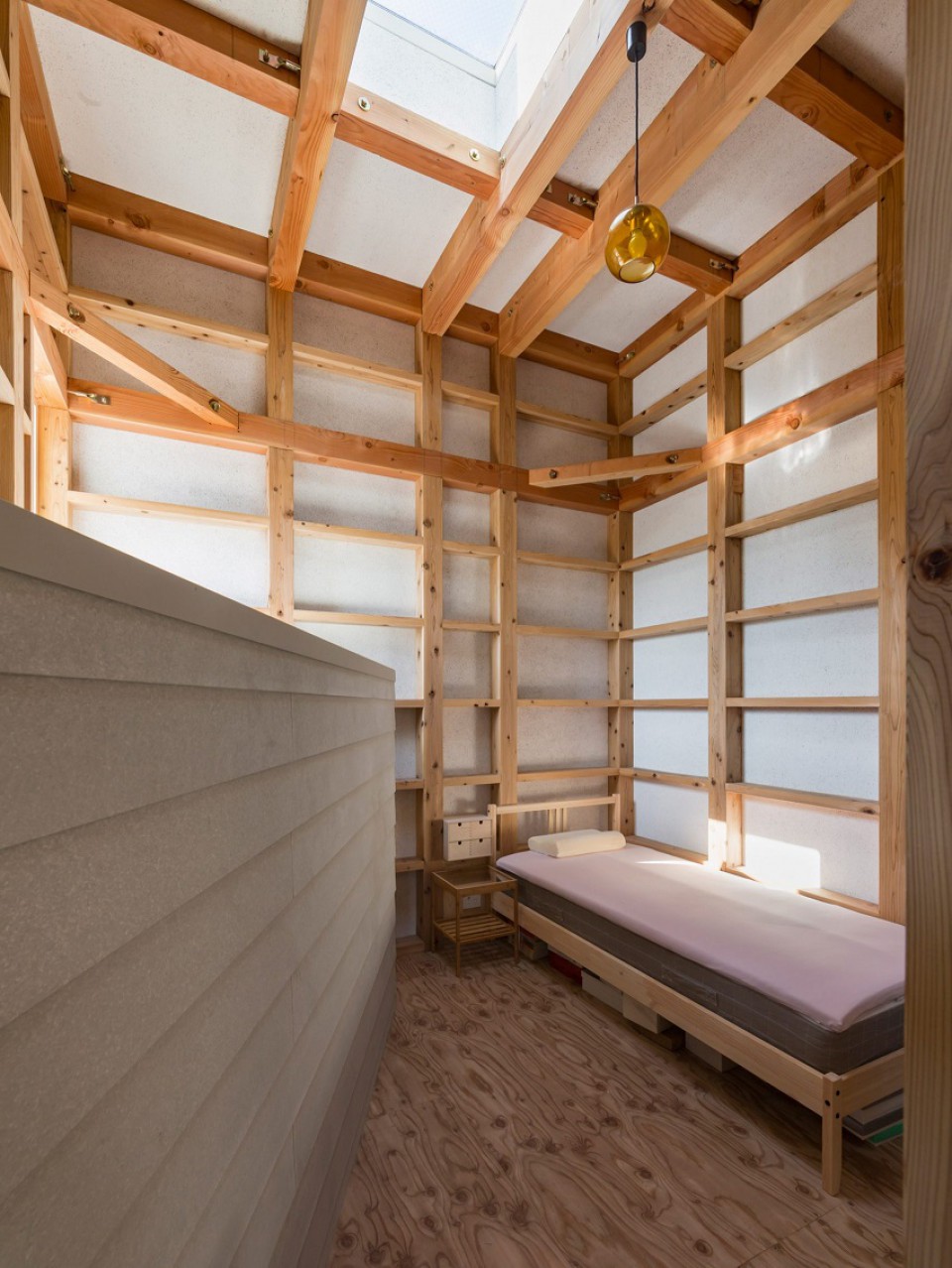
Various window openings and skylights are subtly integrated into the house's exterior, but once inside, the house receives ample lighting thanks to its layout and room height. Light reflects from the skylights and windows, creating a comfortable and well-lit atmosphere within the house.
source: cohta asano house


